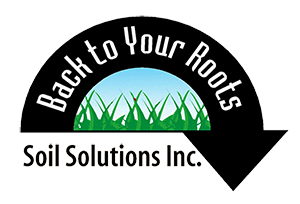Assessment Tools
Producers in any production system need to learn about their soil and what is required to grow healthy and nutrient dense plants. Learning how to do a proper assessment is important.

A Refractometer is an optical device that takes advantage of the fact that light passing through a liquid bends or refracts. A calibrated refractometer is used to measure Brix. Brix is a measure of the percent of solids in a given weight of plant juice, and the efficiency of the plant’s photosynthesis. It is also used to measure the health and quality of a plant. As Brix increases, so does plant health, disease resistance, and insect suppression

An Electrical Conductivity Meter or EC Meter measures the amount of electrical conductivity in your soil. EC can be an indicator of the health of your microbial life in your soil. It can also help to indicate the presence of high salts.

A Penetrometer is used to measure the compaction of the soil. Feeder or hair root penetration decreases linearly with penetration resistance, until almost no roots penetrate into soil with penetration resistance of 300 psi. Tap roots may penetrate the soil at higher psi. To check soil, push penetrometer vertically into the soil until the gauge reaches 300 psi. Reach down with your hand and grasp the penetrometer shaft level with the soil. Pull the penetrometer out to read the number of inches of aerobic zone.

Use a shovel to dig out a soil profile. Observe the layers of soil and the characteristic formation, smell, plant residue, roots, insects, worms etc that you see. Measure the depth of the aerobic zone.
